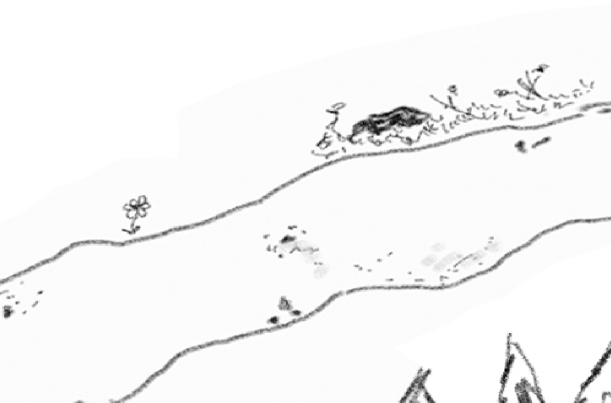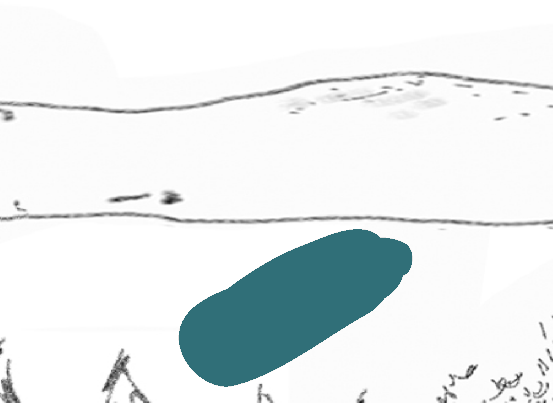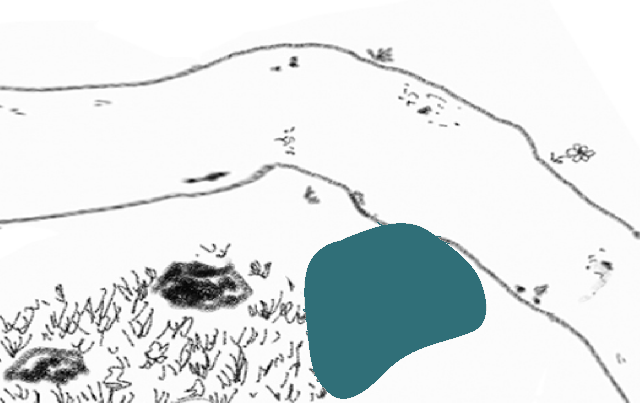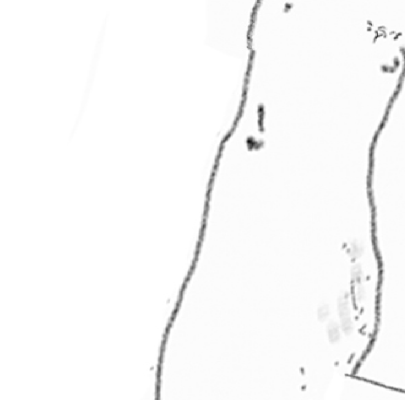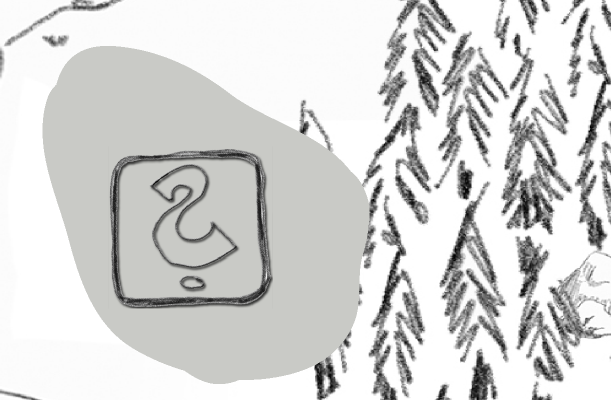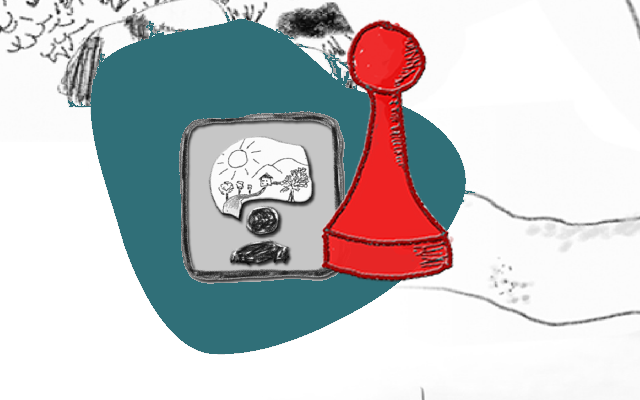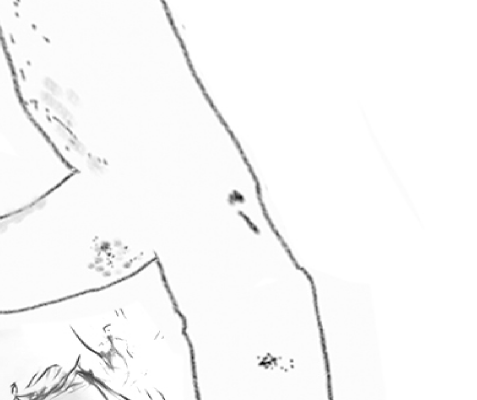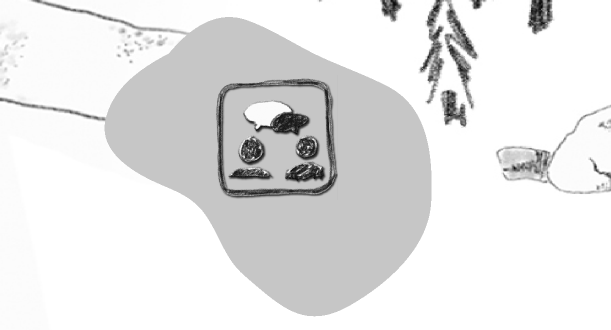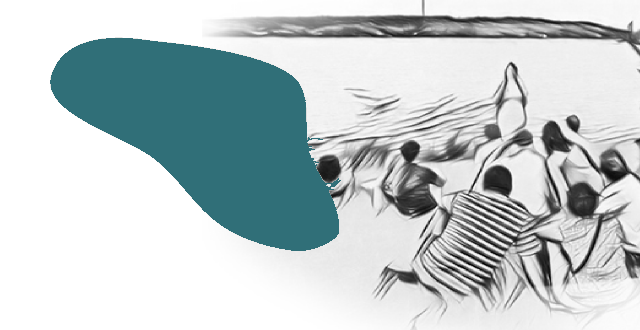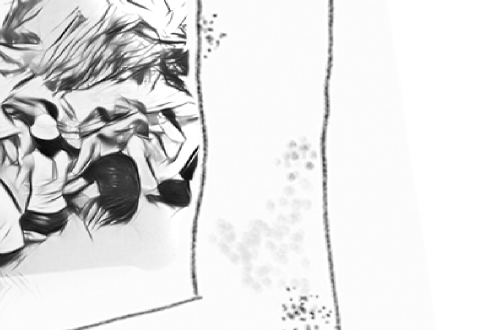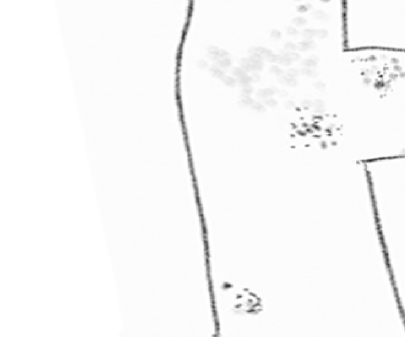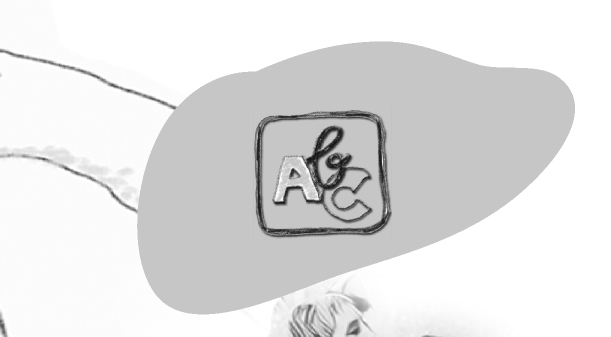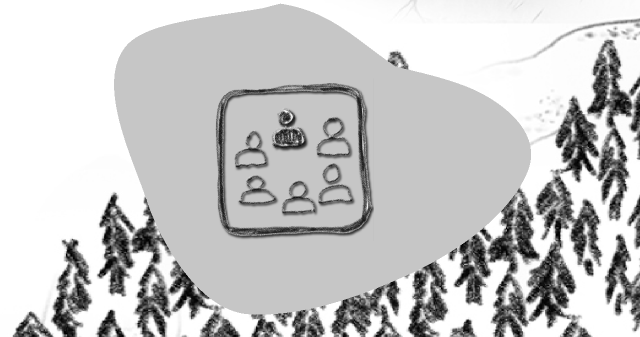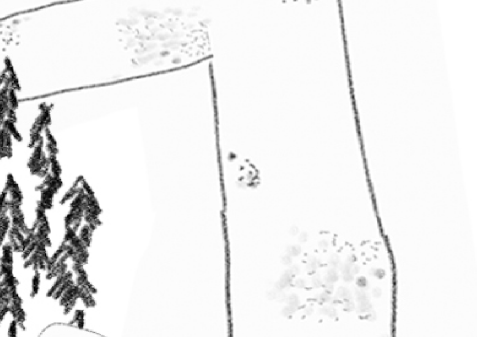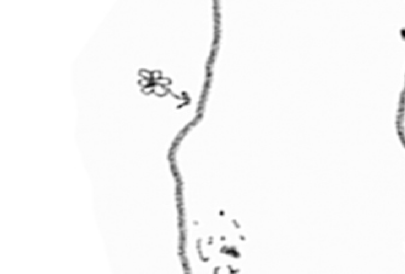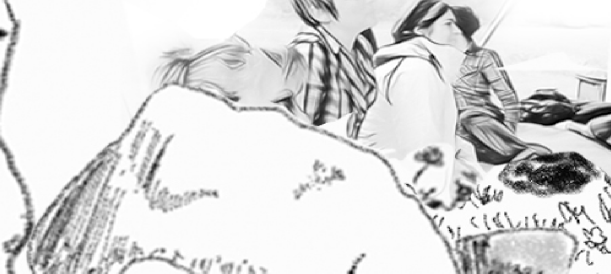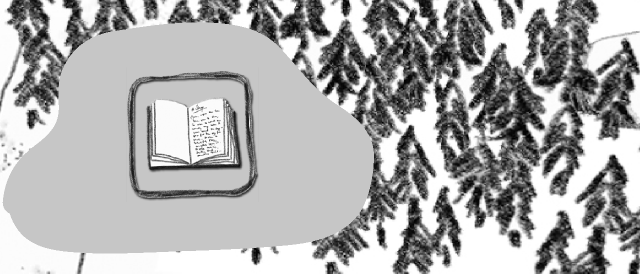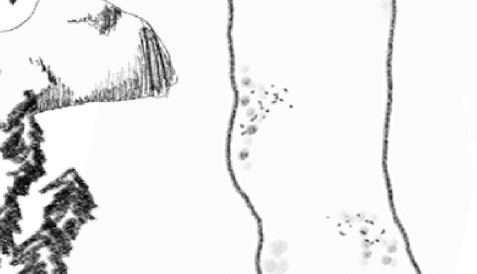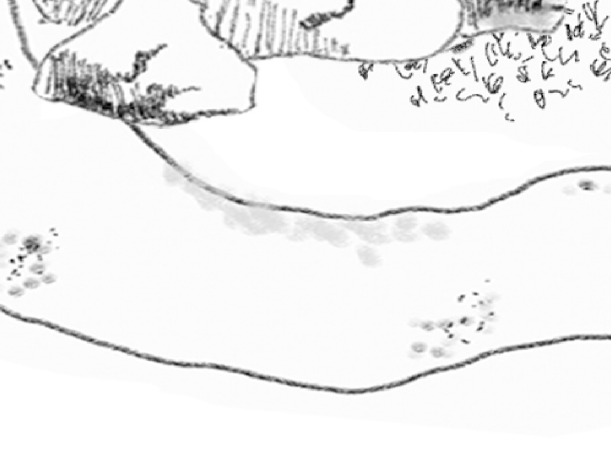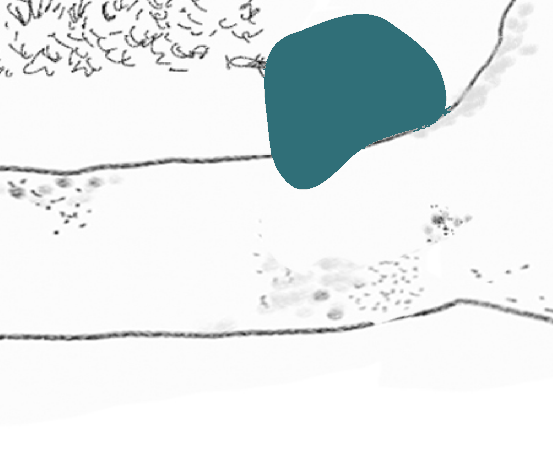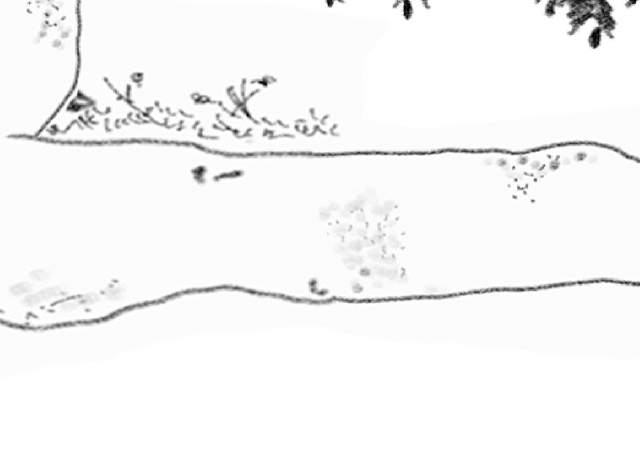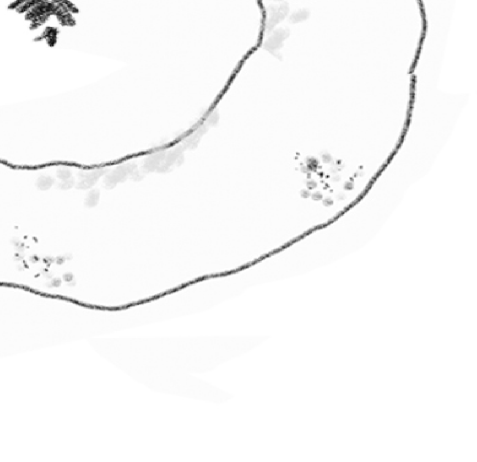Module -Storytelling
 SUMMARY
SUMMARY
- The four cornerstones of a story are the main character(s), the place, the dilemma andthe end.
- The simplest story structure consists of 3 acts: beginning, middle and end.
- According to the structure of a story, we use a five-part story skeleton:
- Beginning (who and where)
- Rising action (dilemma)
- Climax
- Falling action
- Ending
- Try to visualise the story, remember the images and describe them in your own words.
- Use the most concrete language possible to bring your story to life.
- Stimulate the audience’s senses by describing some details: They should see vivid pictures, feel, smell, touch and listen.
- Describe the characters: Tell the story in such a way that the listener may optimally identify with the main character (s) and the initiatives, obstacles & risks met, and the choices/decisions to be made
- Distinguish between the experience of the main character, the story teller and the listener.
- Stories can be told from different perspectives: as a course of events, as an experience of (one of) the main character(s) or as an experience of the storyteller an/or the listeners.
- There are several possibilities for a storyteller to generate interest through the structure like switching the perspective, using uncertainty, adding unexpected events etc.
 |
 |
 |

